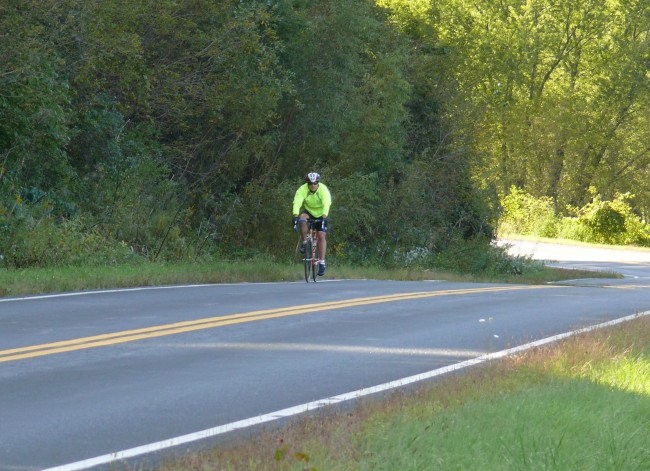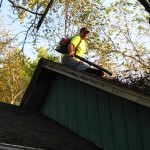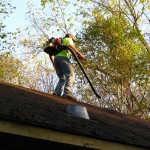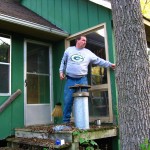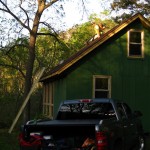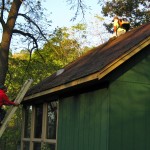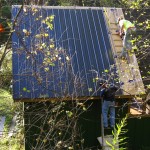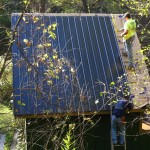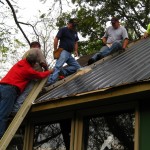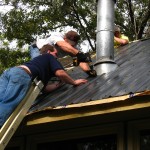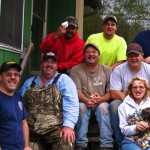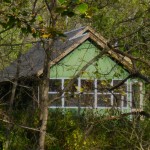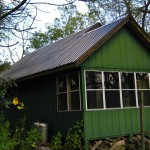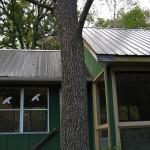I got going on an idea during coffee with Amalia Deloney yesterday. She was saying the LPFM stations have a tough time filling the hours with programming and my thought was to replicate the old NFCB Tape Exchange using RSS feeds. Here are some ideas to get people started.
Problem – Not enough programs to fill the day
Idea – Use podcasts (blogs with RSS feeds and audio programs) to aggregate content from a federation of LPFM stations. Garrick Van Buren built a great gizmo to do this and you can see an example of his system at PodcastMN. I’m sure Garrick would be happy to help with this.
Problem – Not enough volunteer hours to do the “program director” function for a single station
Idea – Share a program director between a federation of like-minded LPFM stations. Let the person be the aggregator of multiple feeds similar to the one Garrick does, and then create a feed that drives the daily programs on multiple stations. The stations could subscribe to this “network feed” and break away whenever they want to do local programming.
Problem – Not enough volunteer hours to operate a single LPFM station
Idea – This gets a little geeky, more for you engineer types. What about using multiple RSS feeds as the command and control network to operation the stations? Each station would generate an RSS feed of what it’s doing (playing a file, changing transmitter settings, losing/regaining Internet connectivity, temperature sensing, etc. etc.) and those RSS feeds are monitored by a centralized C&C system that sends station-commands down one RSS feed per station. Monitor the RSS feeds pretty often (once a minute?) for granularity. One could use this for both program control and technical control of the station.
Problem – The station isn’t on the Internet
Idea – Use the podcast program-distribution network anyway, but burn the programs to CD and carry them to the station. What the heck, we used to do this with audio tapes sent through the mail. This would still provide a really good, cheap source of programming for the federated stations even if they weren’t on the ‘net.
Problem – The station goes off the Internet (thus going out of control)
Idea – Lots of ham remote-control their transmitters (including me). Many of us have built configurations that poll the Internet and, if the station loses Internet connectivity for some period of time, shuts itself down. Here’s a link to my configuration, you could use this as a model. And here’s a link to the remote-controlled power switch that actually monitors the ‘net and shuts the station down if the station goes offline.
Problem – LPFM station doesn’t have any money
Idea – The only thing in this page that costs money is that little switch. The rest of this stuff you can do for free.
… Just a thought…


